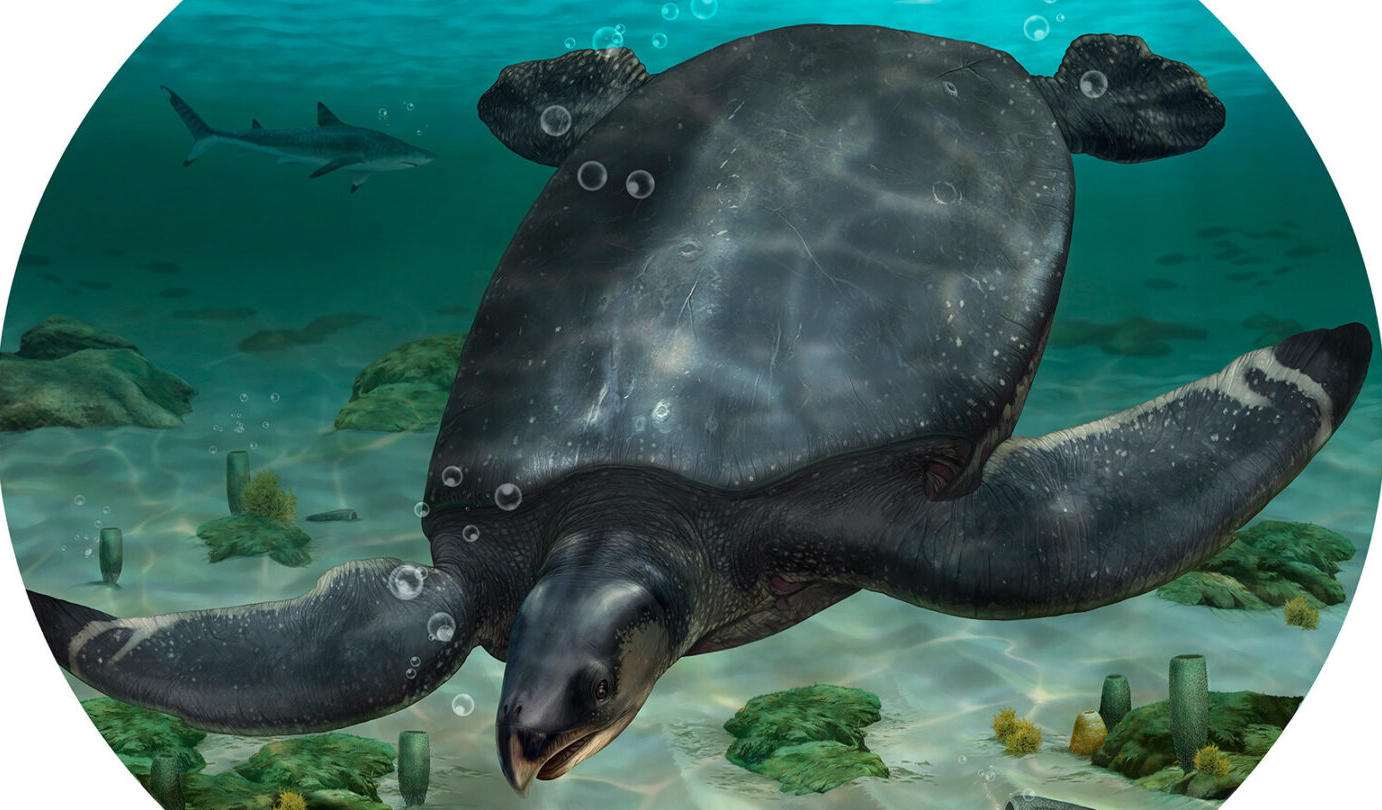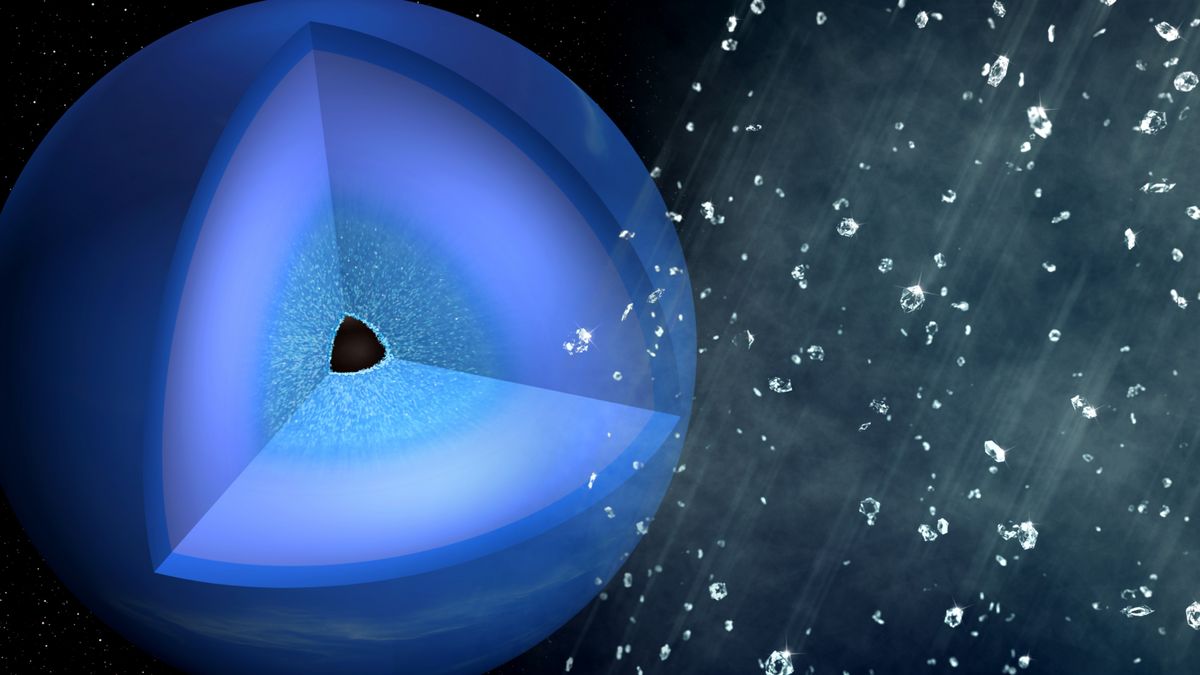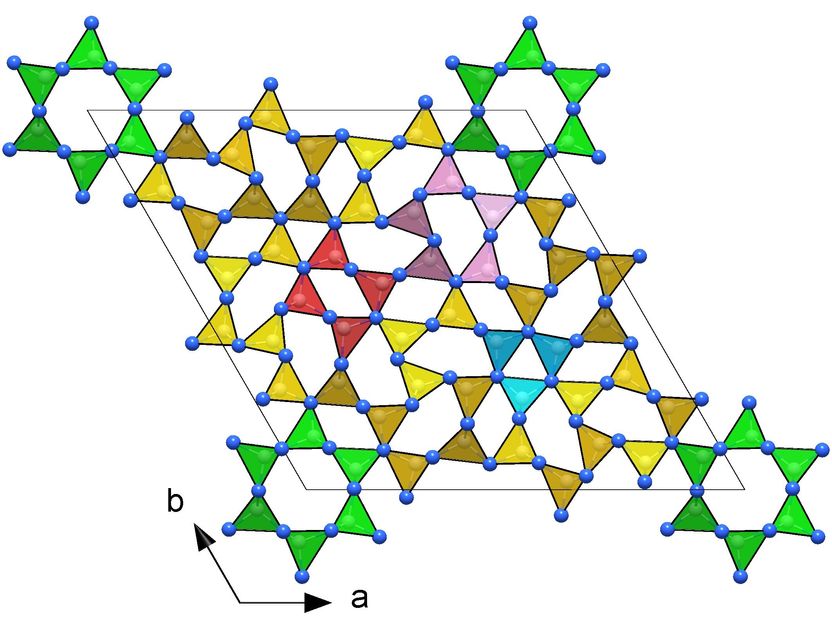El más grande jamás encontrado en Europa


Una reconstrucción ilustrada de leviathanochelys aenigmatica. Crédito: ICRA_Arts.
Según un nuevo artículo publicado en Cretaceous period. No known European marine turtle, either extinct or living, has exceeded a shell length of 1.5 meters.
Àngel H. Luján, Albert Sellés, and colleagues describe the remains of a new marine turtle specimen – which they name Leviathanochelys aenigmatica – found in the Cal Torrades locality, Northeastern Spain, which appeared nearly as large as Archelon. The remains, which were excavated between 2016 and 2021, consist of a fragmented but almost complete pelvis and parts of the upper shell (carapace), and date to the Campanian Age, between 83.6 to 72.1 million years ago.
The specimen possesses a distinctive prominence of bone that protrudes forwards from the front of the pelvis. This feature differs from other marine turtles and indicates that Leviathanochelys represents a new taxon (group) of ancient marine turtles. This protrusion may have been related to the respiratory system, suggest the authors.
Based on the size of the pelvis, the authors calculate that Leviathanochelys could have reached a body length of up to 3.74 meters. They estimate that the maximum width of Leviathanochelys’ pelvis was 88.9 centimeters, which is slightly larger than the biggest estimates for Archelon’s best-known specimen (81.0 cm wide). The length of the pelvis from front to back was estimated to be 39.5 cm, slightly smaller than that of Archelon (46.0 cm long). This makes Leviathanochelys the largest marine turtle ever discovered in Europe, and one of the largest found worldwide. These findings indicate that gigantism in marine turtles developed independently in different lineages in both North America and Europe, according to the authors.
Reference: “A gigantic bizarre marine turtle (Testudines: Chelonioidea) from the Middle Campanian (Late Cretaceous) of South-western Europe” by Oscar Castillo-Visa, Àngel H. Luján, Àngel Galobart and Albert Sellés, 17 November 2022, Scientific Reports.
DOI: 10.1038/s41598-022-22619-w





